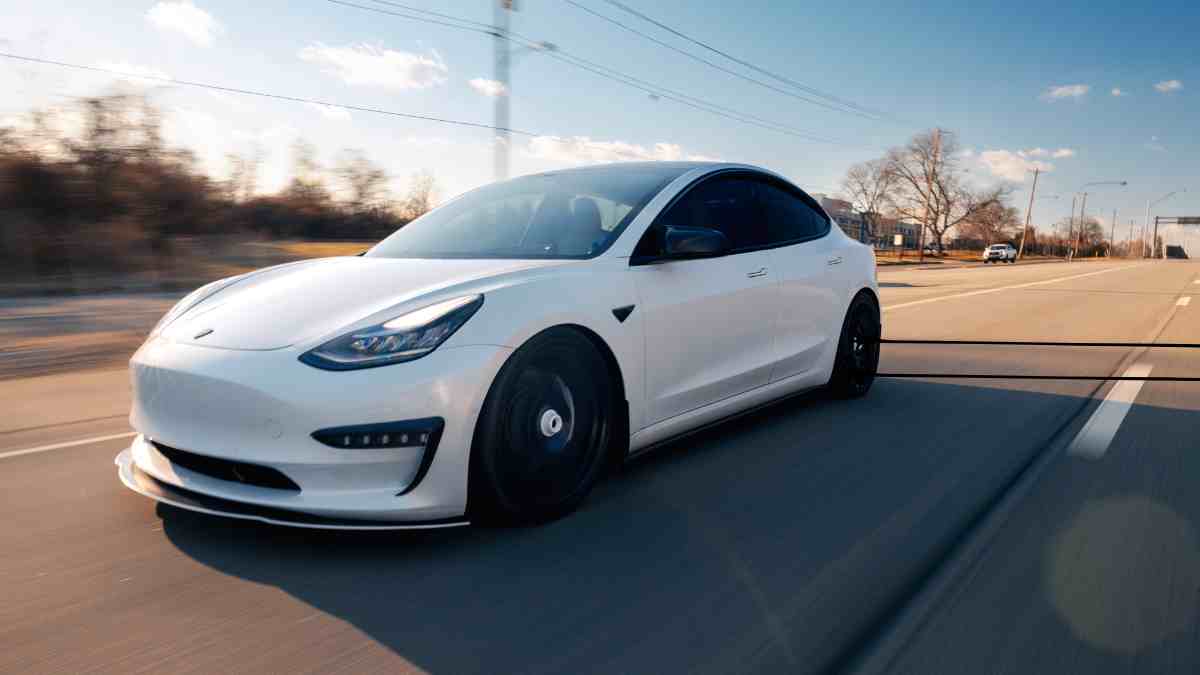In the USA, you might have noticed black tubes sprawled across suburban roads, much like the ubiquitous mobile speed cameras. Yet, despite their frequent appearance, their purpose remains a mystery to many.
These tubes, commonly referred to as ‘traffic tubes‘, ‘traffic counting tubes‘, or technically, ‘pneumatic road tubes‘, serve as a vital tool for monitoring road conditions. Utilized by councils, state governments, and even some private companies, these devices gather crucial data about the roads they survey.
Cables on U.S. roads
While most drivers recognize these tubes as car counters, the breadth of data they collect is often underestimated. According to experts, these tubes not only tally vehicles but also identify the type by counting axles. This means they can differentiate between a car, a B-double, or a car with a trailer.
- Vehicle Classification: By counting axles, they can identify the type of vehicle.
- Speed Monitoring: They gauge vehicle speed to analyze road user behavior.
Although these tubes capture vehicle speed on our roads, they do not store this data. Instead, the speed information is used to understand driving patterns along specific road sections. Are drivers consistently exceeding the speed limit, or are they traveling below it? This insight helps in enhancing road safety and planning.
These traffic tubes play a pivotal role in shaping road management strategies, offering a deeper understanding of traffic dynamics beyond mere vehicle counts.
For concerned drivers, rest assured, experts claim that “There’s absolutely no way these are used for speed enforcement.”
The Purpose of Traffic Monitoring through these road cables
The data collected serves a crucial role in either confirming existing knowledge about certain road sections or supporting the need for infrastructure enhancements and new road safety measures.
Managing Traffic Flow in Residential Areas
Experts add that, often, the objective is to limit the amount of traffic on a particular road, especially in residential zones where air pollution or the presence of children might be something to worry about.
Moreover, these tools help in assessing area congestion. For instance, if a road has a speed limit of 50 km/h and vehicles are moving at only 12 km/h outside peak hours, this might indicate a problem.”
Applications in Urban Planning
These tubes also play a significant role in urban planning, helping to determine the best locations for buildings and other structures.
- They are frequently used in building projects or by developers working on new estates.
- While a permit is necessary, they can utilize the data for research, such as deciding where to place the entrance of a new service station.”
Experts added, “This information is invaluable for urban planners and developers in making informed decisions.”
If you’ve noticed those curious tubes stretching across the road, it’s a clear indication that your local council or government is paying close attention to that area. Whether it’s due to an upcoming infrastructure project, concerns over road user safety, or complaints regarding congestion or road misuse, these tubes are part of a strategic plan to gather data.
Understanding the Purpose of Road Tubes
These tubes are often used to collect vital information about traffic patterns. If a road is identified as a ‘rat run’—a term for suburban side streets that commuters use to dodge more congested roads—urban planners might step in. They employ innovative strategies to effectively reroute traffic and reduce the load on these residential streets.

